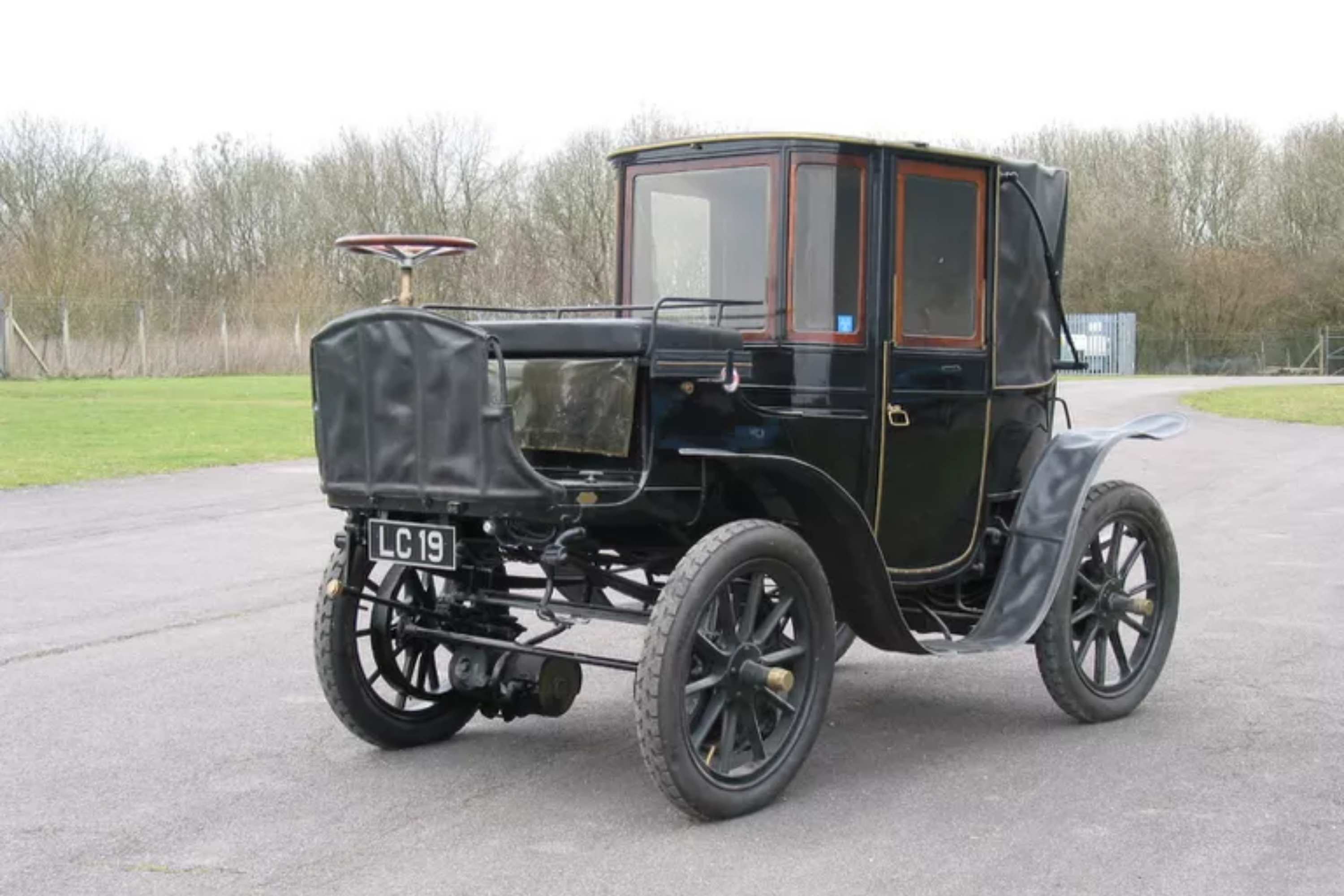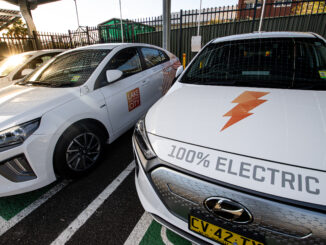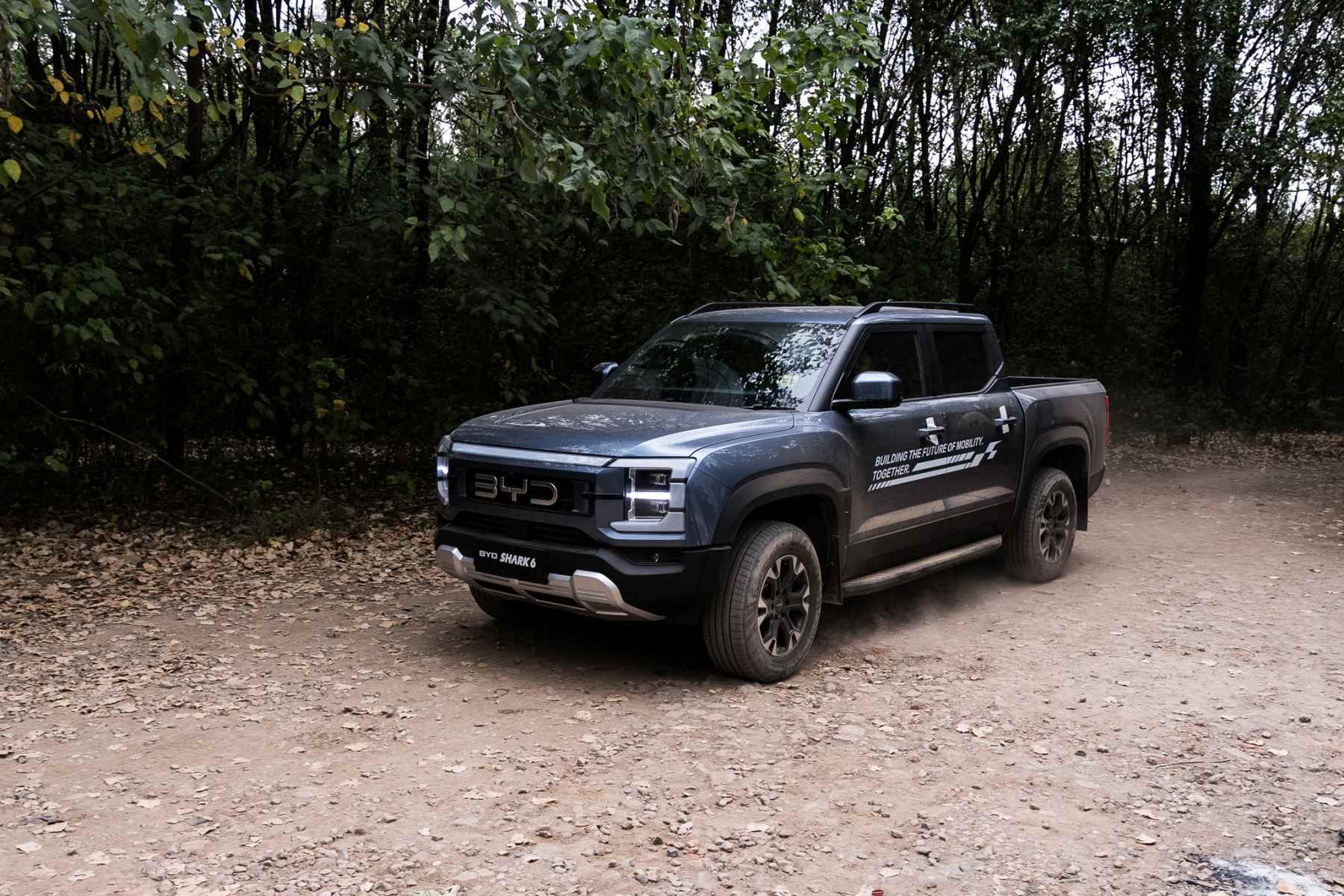History – By definition, an electric vehicle, or EV, will use an electric motor for propulsion rather than a gasoline-powered motor. Besides the electric car, there are bikes, motorcycles, boats, airplanes, and trains that have all been powered by electricity.
Beginnings
Who invented the very first EV is uncertain, as several inventors have been given credit. In 1828, Hungarian Ányos Jedlik invented a small-scale model car powered by an electric motor that he designed. Between 1832 and 1839 (the exact year is uncertain), Robert Anderson of Scotland invented a crude electric-powered carriage. In 1835, another small-scale electric car was designed by Professor Stratingh of Groningen, Holland, and built by his assistant Christopher Becker In 1835, Thomas Davenport, a blacksmith from Brandon, Vermont, built a small-scale electric car. Davenport was also the inventor of the first American-built DC electric motor.
More practical and more successful electric road vehicles were invented by both Thomas Davenport and Scotsman Robert Davidson around 1842. Both inventors were the first to use the newly-invented, non-rechargeable electric cells (or batteries). Frenchman Gaston Plante invented a better storage battery in 1865 and his fellow countrymen Camille Faure further improved the storage battery in 1881. Better-capacity storage batteries were needed for electric vehicles to become practical.
American Designs
In the late 1800s, France and Great Britain were the first nations to support the widespread development of electric vehicles. In 1899, a Belgian-built electric racing car called “La Jamais Contente” set a world record for land speed of 68 mph. It was designed by Camille Jénatzy.
Increased Popularity in History
By the turn of the century, America was prosperous. Cars, now available in steam, electric, or gasoline versions, were becoming more popular. The years 1899 and 1900 were the high point of electric cars in America, as they outsold all other types of cars. One example was the 1902 Phaeton built by the Woods Motor Vehicle Company of Chicago, which had a range of 18 miles, a top speed of 14 mph and cost $2,000. Later in 1916, Woods invented a hybrid car that had both an internal combustion engine and an electric motor.
Electric Cars Almost Become Extinct
For the following reasons, the electric car declined in popularity. It was several decades before there was a renewed interest in these vehicles.
- By the 1920s, America had a better system of roads that connected cities, bringing with it the need for longer-range vehicles.
- The discovery of Texas crude oil reduced the price of gasoline so that it was affordable to the average consumer.
- The invention of the electric starter by Charles Kettering in 1912 eliminated the need for the hand crank.
- The initiation of mass production of internal combustion engine vehicles by Henry Ford made these vehicles widely available and affordable, in the $500 to $1,000 price range. By contrast, the price of the less efficiently-produced electric vehicles continued to rise. In 1912, an electric roadster sold for $1,750, while a gasoline car sold for $650.
The Return
The ’60s and ’70s saw a need for alternative-fueled vehicles to reduce the problems of exhaust emissions from internal combustion engines and to reduce the dependency on imported foreign crude oil. Many attempts to produce practical electric vehicles occurred after 1960.
Battronic Truck Company
In the early ’60s, the Boyertown Auto Body Works jointly formed the Battronic Truck Company with Smith Delivery Vehicles, Ltd., of England and the Exide Division of the Electric Battery Company. The first Battronic electric truck was delivered to the Potomac Edison Company in 1964. This truck was capable of speeds of 25 mph, a range of 62 miles and a payload of 2,500 pounds.
CitiCars and Elcar
Two companies were leaders in electric car production during this time. Sebring-Vanguard produced over 2,000 “CitiCars.” These cars had a top speed of 44 mph, a normal cruise speed of 38 mph and a range of 50 to 60 miles.
The other company was Elcar Corporation, which produced the “Elcar.” The Elcar had a top speed of 45 mph, a range of 60 miles and cost between $4,000 and $4,500.
United States Postal Service
In 1975, the United States Postal Service purchased 350 electric delivery jeeps from the American Motor Company to be used in a test program. These jeeps had a top speed of 50 mph and a range of 40 miles at a speed of 40 mph. Heating and defrosting were accomplished with a gas heater and the recharge time was ten hours.



